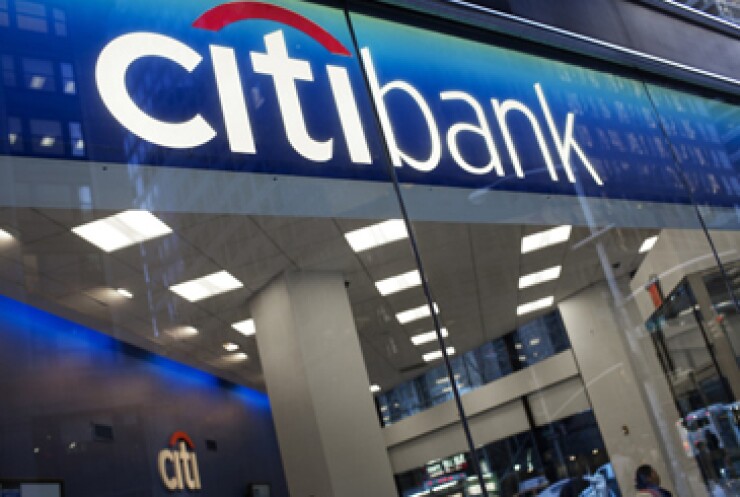
Citi is rolling out a platform for commercial clients to access a suite of products in a single dashboard, a challenging type of endeavor that is slowly gaining traction in the banking industry.
The New York-based institution is going live with
Mark Sugden, head of CitiDirect commercial banking and digital transformation, said the bank relied on client feedback to expand the platform, which was designed to be an intuitive experience where users could onboard, set up new products and transact.
"Our clients really wanted the same consumer experience they have in their day-to-day life on a commercial banking platform," Sugden said. "Clients said they wanted to get their tasks done with simplicity and ease, so they can concentrate on actually growing their business. They wanted intuitive online banking with the most common tasks at their fingertips, and the next-best action that they need to do within that journey."
Jordan Sternlieb, senior partner at the consulting firm West Monroe, said that developing a single-entry platform for commercial clients is the right move for banks. He added that when done well, solutions like this can boost client retention and present more opportunities to cross-sell products, increasing a bank's wallet share per customer.
More than two-third of Citi's U.S. commercial client base, which the bank generally defines as between $10 million and $3 billion in revenue, is using the platform, Sugden said. The $2.4 trillion-asset bank plans to pilot the platform in Hong Kong, India, Singapore and the United Kingdom in the second half of this year. Citi declined to share specifically how many clients were using or will use the platform.
Sternlieb said although platforms like this should be ubiquitous, most banks haven't tackled the project due to its complexity. Some global power players like
"There are so many lines of business involved, and everyone's got a different idea of what it needs to look like," Sternlieb said. "Who's going to pay for it? How is it all going to work? How do we execute? It's a really classic example of banks getting in their own way, based on the way they're internally organized and operating, versus what's the best thing for their customer."
Shahmir Khaliq, Citi's global head of treasury and trade solutions, said in a prepared statement at the time of the announcement that the platform is an example of the company's teams working together.
Sternlieb said many banks choose to allocate their digital product budgets to retail-focused initiatives, instead of commercial, due to consumer demands and competition in the space. Citi's global head of commercial banking, Tasnim Ghiawadwala, said at the bank's 2022 investor day that Citi was focused on expanding its commercial client base, and was investing in client experience.
The New York megabank benefited duing the second quarter from strong revenue growth in its giant credit card business, which helped overcome headwinds in wealth management and investment banking. But executives indicated that the script could soon flip.
Ghiawadwala said at the time that the bank was investing in this digital portal as part of a strategy to increase its commercial bank market share. She added that Citi had 2% market share of a $150 billion addressable commercial wallet, and the bank wanted to double its share, to get 4%.
Execution of these types of platforms can be challenging, Sternlieb said, since APIs are imperative to connect services and data. Many banks use third parties and fintechs for various tasks, like ACH wire transfers or remote deposit capture, which complicates bringing them together, especially those that still use legacy technology that limit API connectivity.
Citi is
"The platform is built using modular design and architecture, leveraging technologies like microservices and micro-frontends, which are built on top of our core product platform APIs, bringing treasury, trade, loans, FX into one place and delivering that consumer-like experience for our commercial clients," Sugden said.






